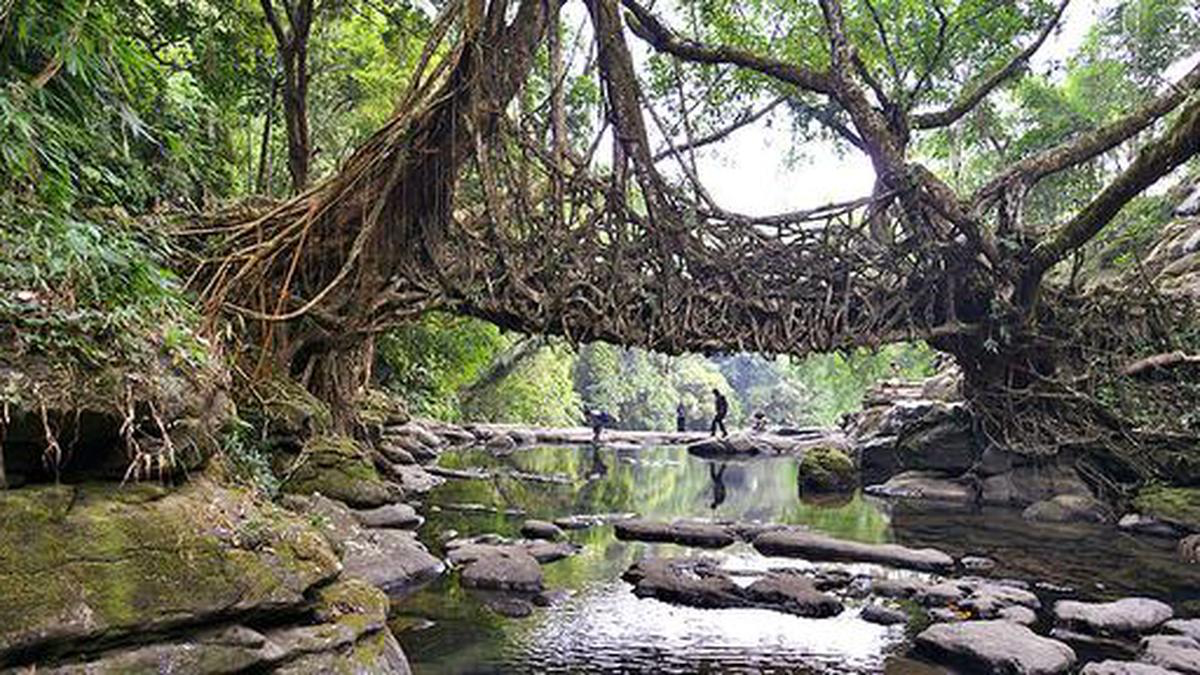Free Courses Sale ends Soon, Get It Now


Free Courses Sale ends Soon, Get It Now



Disclaimer: Copyright infringement not intended.
Context: A farmer takes forward the State’s traditional practice of building root bridges and connects two areas across Umkar river in Cherrapunjee
Details:
About:
Need:
Construction:
© 2024 iasgyan. All right reserved